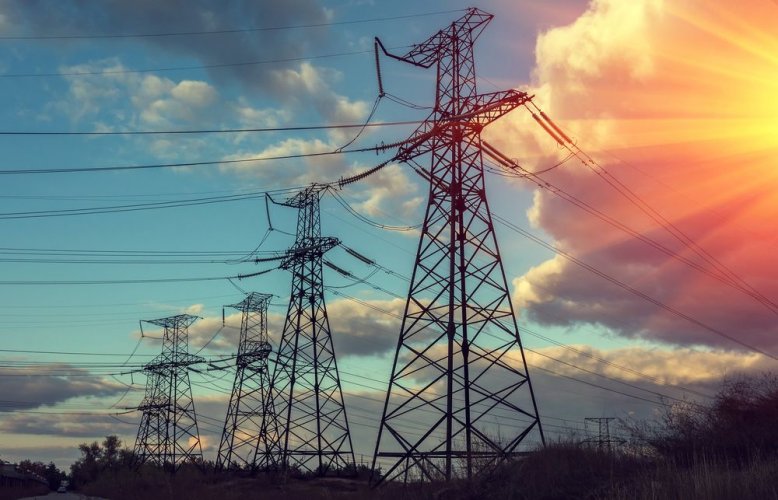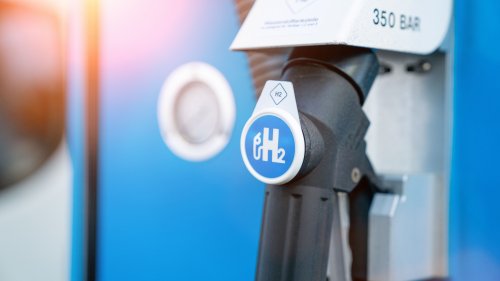The International Energy Agency (IEA) says global investment in the electricity grid needs to reach $820 billion a year by 2030 to get on track to limit global warming to 1.5°C.
In many cases, the construction of a network capable of receiving all capacities can be more expensive than the cost of the green power plants themselves, reports Bloomberg.
Scaling up green technologies to the level needed to prevent the worst effects of climate change will require a grid built to maximize the use of renewable energy. And while solar and wind energy are already significantly cheaper than fossil fuels at the production stage, projections of their increasing availability often do not include the expected cost of grid infrastructure, i.e. cables.
For example, Great Britain intends to build as many as 50 GW of offshore wind power by 2030, more than tripling current capacity. In July 2022, the country's energy grid unveiled a £54 billion plan to actually deploy all of its offshore wind capacity. Half of that money will go to building the infrastructure to connect the turbines hundreds of miles out at sea, and the rest to get the new power source to consumers.
China is also planning a significant investment, $350 billion by 2025, to upgrade the grid to increase the transmission of renewable energy.
The article noted that the United States will need to be spent $200 billion on cables to meet climate goals by 2030, while they spend about $360 billion on clean electricity generation.
"Grid building is an important tool to facilitate decarbonization," said Will Gorman, a researcher at Lawrence Berkeley National Laboratory. "Transmission will be a key piece of the puzzle when it comes to high grid penetration of renewables."
For example, the state of Texas in the US developed so-called renewable energy competitive zones to build transmission that would connect some of the state's best wind resources with communities that needed it. As a result, Texas has become one of the world's largest sources of wind energy. If it were a country, the state would have the fifth largest fleet of wind power plants in the world.
Texas, however, exemplifies the limitations of networks. The state has no connections to power grids in other states, meaning it cannot export or import electricity.
"This shortcoming also highlights one of the biggest obstacles to expanding the network: the priorities of local politicians and communities," the article noted. "Leaders in Texas don't want to merge with other networks because of the federal oversight that would be a side effect."
In the UK, coastal communities refuse the cable infrastructure needed to bring electricity to the coast near them. Because of this, you will have to choose a longer route to lay cables where there are no people.
“One of the surest ways to reduce emissions, energy use and energy bills is to electrify as much of our economy as possible while cleaning up the grid. All this, however, critically depends on whether we will no longer ignore the network itself," the message emphasized.
As EcoPolitic reported before, Finland, Sweden, Estonia, Latvia, Lithuania, Poland and Denmark have committed to increase wind energy production sevenfold by 2030 – from less than 3 GW to 20 GW.





